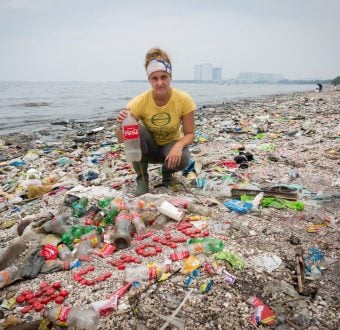![]() Kristen Breitweiser, 9/11 widow and activist, is known for pressuring officials in Washington to provide the American people with a public account of what went wrong on September 11th and in the months preceding the disaster that claimed the life of her husband and more than 3,000 others.
Kristen Breitweiser, 9/11 widow and activist, is known for pressuring officials in Washington to provide the American people with a public account of what went wrong on September 11th and in the months preceding the disaster that claimed the life of her husband and more than 3,000 others.
Nearly nine years have passed since the tragedy of 9/11. Although it was the farthest thing from my mind at the time, the terrorist attacks would mark the beginning of my political education as a 9/11 widow. It is an education I did not and would not choose for myself.
I was reminded of this recently when on August 2nd, two men were convicted of conspiring to blow up jet-fuel tanks at JFK Airport in New York. Authorities said this plan was intended to “dwarf” the attacks of September 11th 2001. As much as that horrifies me, I am more frightened that the U.S. has yet to address some of the country’s largest vulnerabilities — primarily any one of the hundreds of U.S. chemical plants that use and store tons of poison gases.
According to the worst-case scenario reports provided to the EPA, 484 U.S. chemical facilities each put at least 100,000 people at risk of a Bhopal-like disaster. As we learned from the BP oil spill disaster, worst-case scenarios do happen and sometimes they are far worse than what we could have ever imagined possible. Such is the case when we ponder the U.S. Naval Research Laboratory’s own estimates of an attack on a chemical facility:100,000 people could be killed or injured in the first 30 minutes.
When congressional Republicans were worried about losing control of Congress in 2006, they slapped a temporary 700-word bill, or “rider,” on the Homeland Security funding bill and called it “chemical security.” That temporary law contains loopholes that actually prohibit the government from preventing disasters through the use of safer, more secure chemicals or processes. It also has security gaps that exempt 2,400 water treatment plants and 500 chemical port facilities from using processes that would increase public safety.
Read the entire blog at Huffington Post >>

